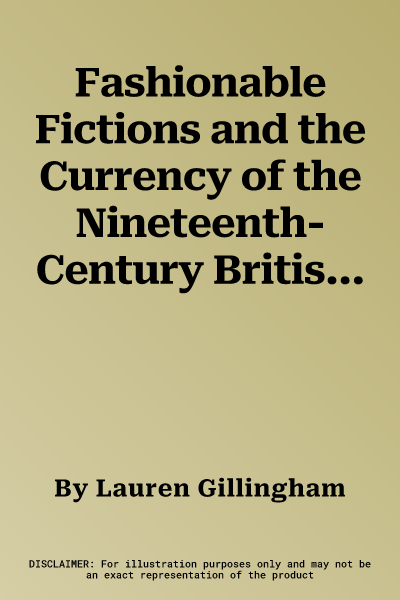Lauren Gillingham
(Author)Fashionable Fictions and the Currency of the Nineteenth-Century British NovelHardcover, 25 May 2023

Temporarily out of stock
Free Delivery
Cash on Delivery
15 Days
Free Returns
Secure Checkout

Part of Series
Cambridge Studies in Nineteenth-Century Literature and Cultu
Print Length
295 pages
Language
English
Publisher
Cambridge University Press
Date Published
25 May 2023
ISBN-10
1009296566
ISBN-13
9781009296564
Description
Product Details
Author:
Book Format:
Hardcover
Date Published:
25 May 2023
Genre:
British
ISBN-10:
1009296566
ISBN-13:
9781009296564
Language:
English
Location:
Cambridge
Pages:
295
Publisher: